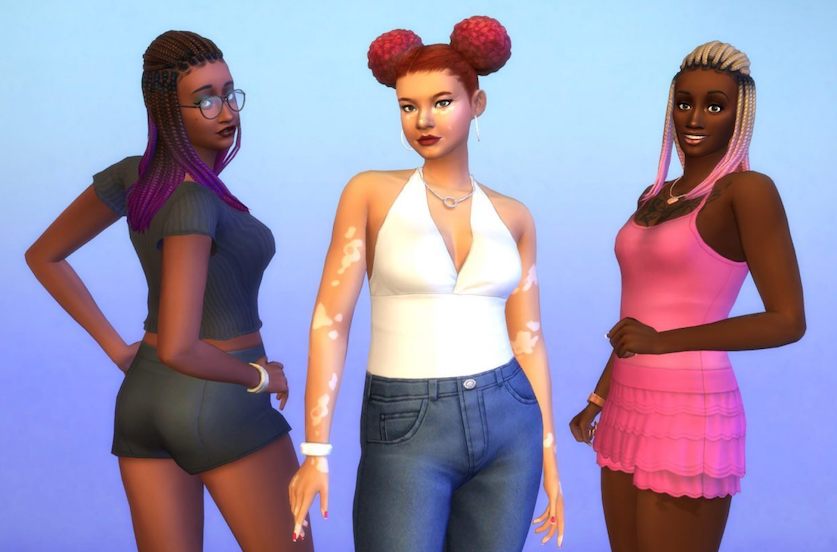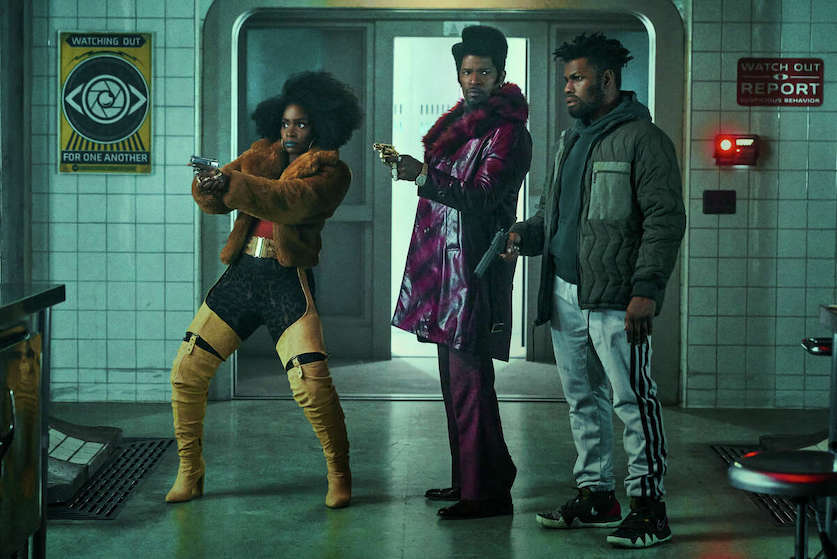
Meet Makinde Adeagbo: software engineering genius
May 18, 2015
Companies Drain Women’s Ambition After Only 2 Years
May 19, 2015Scientists of the Massachusetts Institute of Technology have cracked the science behind why a dress appeared black and blue to some but gold and white to others, differing perceptions that went viral on the Internet.
In a survey of 1,400 individuals, with over 300 who had never seen ‘The Dress’ before, researchers found that people who perceived it as white and gold might have just been exposed to natural daylight, while those who saw a black and blue garment might be spending most of their time in artificial light.
Neuroscientist Bevil Conway believes ‘The Dress’ phenomenon marked the greatest extent of individual differences in colour perception ever documented.
In February, Caitlin McNeill, a 21-year-old singer, had posted a picture on her blog of a dress that was blue and black, but was being seen as white and gold by some people. The dress went viral on the Internet, with celebrities like Taylor Swift jumping in to debate the colour.
Mr. Conway and his team asked people to identify the colours they saw on ‘The Dress’. They found that people fell into one of three camps corresponding to the main groups identified by the social media: blue/black, white/gold and blue/brown.
“It could have been the case that you had a continuum of perceived colours, but if you plot the colours people picked, you see two main clumps falling into the two categories for what words people used to describe the colours of ‘The Dress’,” Mr. Conway said.
Researchers also found that older people and women were more likely to report seeing ‘The Dress’ as white and gold, while younger people were more likely to say it was black and blue.
Mr. Conway believes that these differences in perception may correspond to the type of light that individuals’ brains expect to be in their environment.
The study is published in the journal Current Biology. Click here to read original article.








